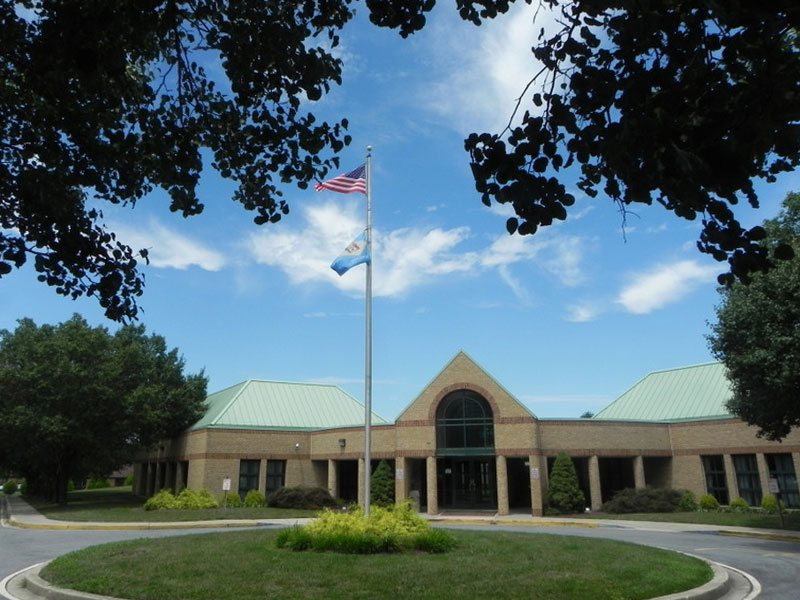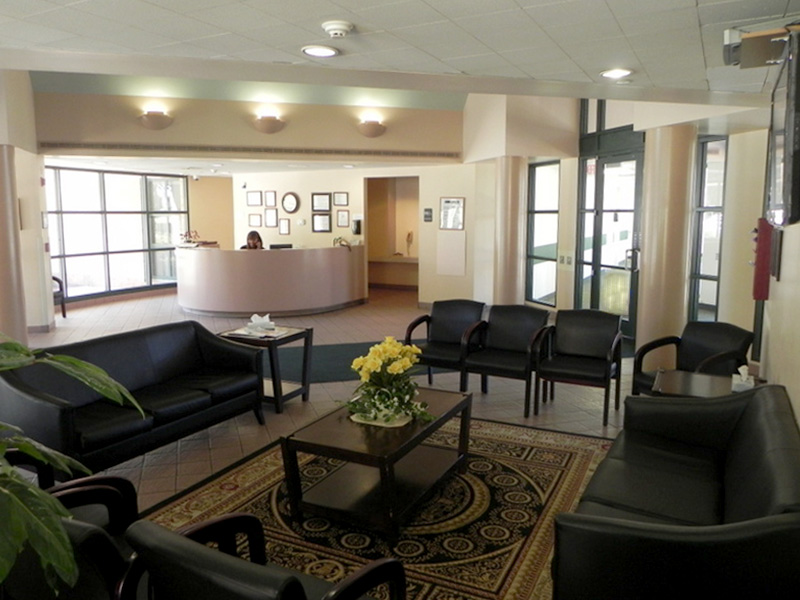Often times the signs of PTSD can be difficult to identify. One of the most important steps in the recovery journey is understanding the signs, symptoms and side effects of PTSD.
Understanding PTSD
Learn about PTSD
While it is normal to develop anxiety and fear after experiencing a traumatic event, if these feelings do not dissipate over time and if an individual is left with a constant, overwhelming sense of danger then it could indicate the presence of post-traumatic stress disorder (PTSD). Post-traumatic stress disorder is a mental health disorder that develops following a traumatic event that either threatens a person’s safety or leaves them feeling completely helpless. Additionally, some of the distressing symptoms commonly found in those with PTSD may include nightmares, severe anxiety, and uncontrollable thoughts about the traumatic event. For those who are struggling with PTSD, not only do these feelings not subside, but in many cases they can get worse and begin to cause difficulties in an individual’s ability to properly function on a day-to-day basis. Some of the most common events known to lead to the development of PTSD include:
- Natural disasters
- Deployment
- Automobile accidents
- Sudden, unexpected death of a loved one
- Being the victim of rape or sexual assault
- Being the victim of physical and/or emotional abuse and neglect
If you or a loved one are suffering with the symptoms of PTSD getting the right treatment can be crucial to helping reduce your symptoms and improve your ability to function normally on a daily basis.
Statistics
PTSD statistics
Research has shown that approximately 5.2 million adults suffer from post-traumatic stress disorder at some point throughout their lifetimes. It is more commonly believed to affect women, with an estimated 10% of women being diagnosed with PTSD as compared to 5% of men being diagnosed with this disorder. However, it is possible that this statistic is somewhat inaccurate due to the fact that women may simply be more likely to report the presence of PTSD symptoms than men are.
Causes and Risk Factors
Causes and risk factors for PTSD
While the precursor to the development of PTSD is going through, learning about, or seeing an event that involved the threat of death, serious injury, or sexual violation, medical professionals are still not sure why some people develop this disorder while others do not. The current consensus is that it is a combination of genetic, physical, and environmental factors. These factors are described in more detail below:
Genetic: Since individuals who have a first-degree relative who suffer from anxiety disorders are at a greater risk for the development of this disorder, there is believed to be a genetic link associated with the development of PTSD.
Physical: Neuroimaging studies have shown that those suffering from post-traumatic stress disorder have structural differences in various parts of their brains. Additionally, the levels of serotonin and dopamine are known to be lower in individuals who experience excessive anxiety. This means that the way in which their brain chemicals regulate their emotional responses to stress leaves them more susceptible to the onset of PTSD.
Environmental: It has well been established that the environment in which individuals are surrounded can have a profound impact on whether or not they will develop PTSD should they experience a traumatic event. For example, those who are exposed to highly stressful situations, who have witnessed violence, or who grew up in chaotic environments are more likely to develop PTSD.
Risk Factors:
- Being female
- Struggling with a pre-existing mental illness
- Experiencing intense or long-lasting trauma
- Family history of anxiety disorders or other mental health disorders
- Being subjected to physical, emotional, and/or sexual abuse and/or neglect
- Lacking healthy coping skills
- Lacking a good support system
Signs and Symptoms
Signs and symptoms of PTSD
The signs and symptoms of post-traumatic stress disorder will vary from person to person and will depend upon a number of different factors. However, while everyone experiences PTSD differently, there are three main types of symptoms including: re-experience the traumatic event, avoiding reminders of the event, and increased anxiety and emotional arousal. These three categories and their associated symptoms are explained in more detail below.
Re-experiencing symptoms:
- Intrusive and upsetting memories of the event
- Acting or feeling as if the event is happening again
- Distressing nightmares
- Feeling extreme distress when reminded of the event
- Onset of intense physical symptoms when thinking about, or reminded of, the trauma (e.g. increased heart rate, rapid breathing, muscle tension, etc.)
Avoidance symptoms:
- Depersonalization
- Avoiding activities, places, thoughts, and even feelings that remind one of the trauma
- Inability to remember certain parts of the traumatic event
- Derealization
- Feelings of hopelessness
- Feeling emotionally numb and detached from others
- Has a sense of a limited future
- No longer interested in things or activities that were once enjoyed
Increased anxiety and arousal symptoms:
- Angry or aggressive outbursts
- Constantly on edge
- Has difficulty falling and/or staying asleep
- Problems concentrating
- Feeling jumpy or easily startled
- Feeling chronic anxiety about being in imminent danger or harm
- Increased agitation and irritability
Effects
Effects of PTSD
When someone struggling with post-traumatic stress disorder does not get the adequate treatment they need to overcome the debilitating symptoms of this disorder it can lead to the development of many adverse effects. The symptoms associated with PTSD can disrupt a person’s whole life and can include some of the following consequences:
- Development of other mental health problems
- Social withdrawal and isolation
- Substance abuse and addiction
- Inability to adequately perform at school or work leading to academic or occupational failure
- Failure to develop and maintain healthy interpersonal relationships
- Family conflict
- Suicidal thoughts and behaviors
Co-Occurring Disorders
PTSD and co-occurring disorders
Research has shown that approximately 80% of people who receive a diagnosis of PTSD also meet diagnostic criteria for another mental health disorder. Examples of the most common disorders known to occur alongside PTSD may include:
- Depressive disorders
- Anxiety disorders
- Substance use disorders
- Suicidal ideation
- Alzheimer’s disease
- Other forms of dementia
- Eating disorders




